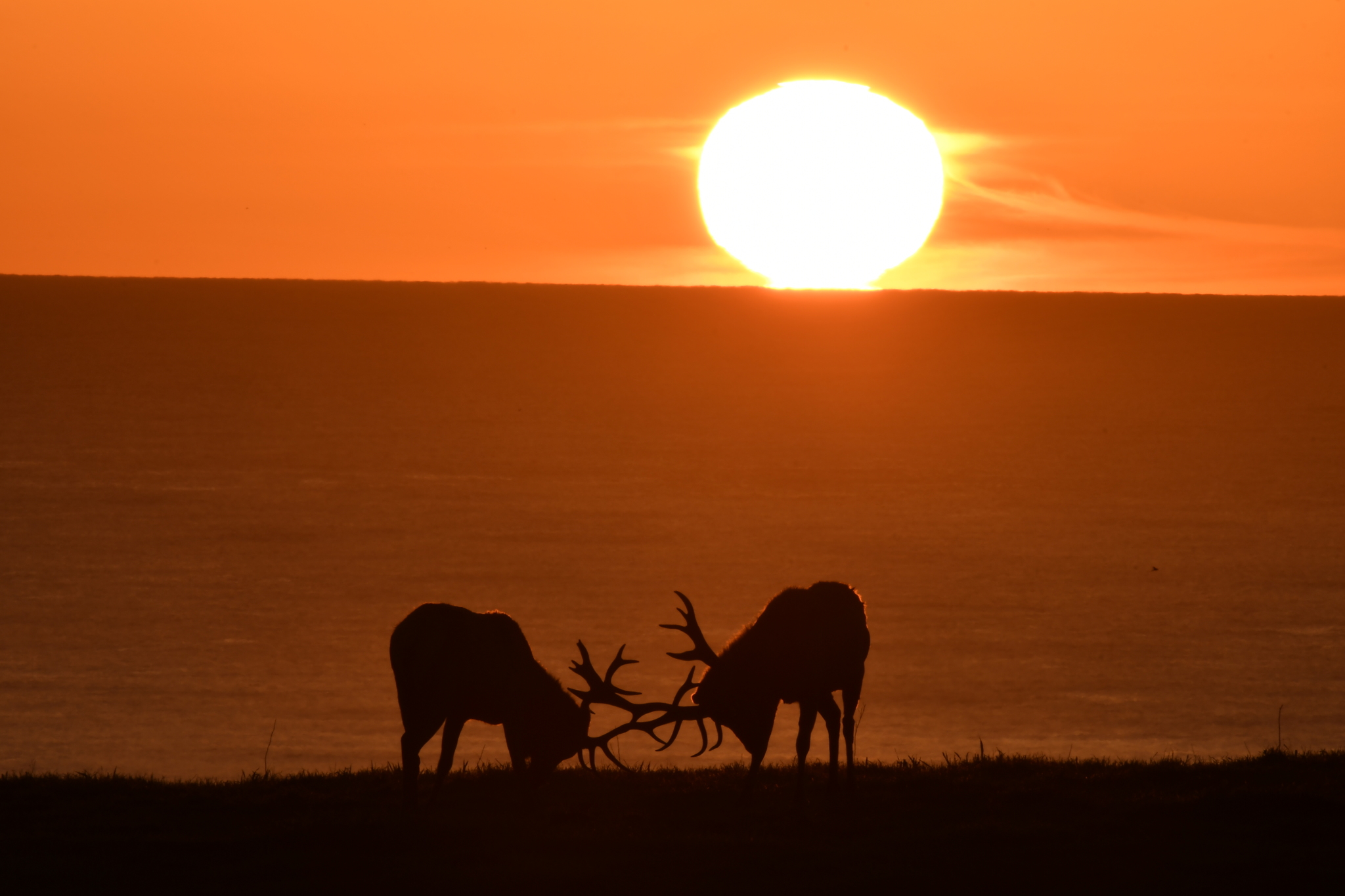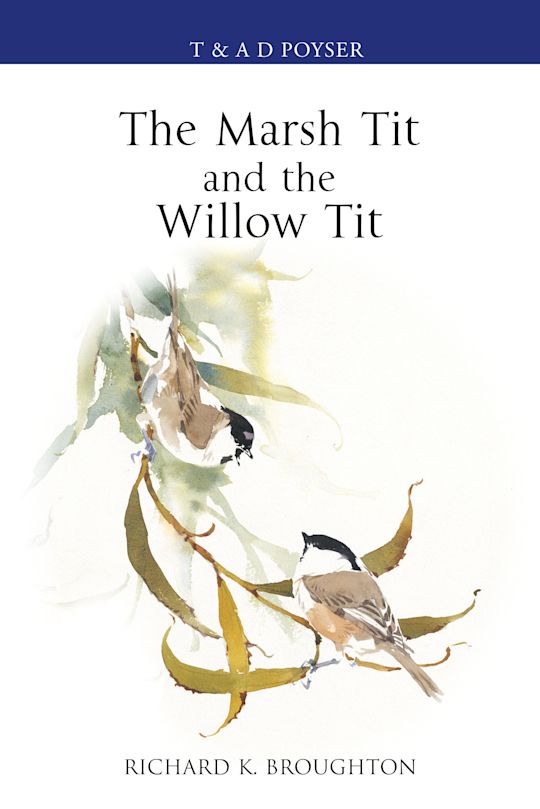
For four generations, the McClure family has carved a home out of the windswept rolling hills of the Point Reyes landscape—erecting fences, building barns, planting grass, and tending cattle—to build a dairy that provided fresh organic milk for the San Francisco Bay Area. Now, dairy cows have been banished. And there is a new plan for this landscape that will replace the Point Reyes’ historic pastoral character with a much wilder vision.
In a National Park Service announcement ^(https://www.blogquicker.com/goto/https://www.nps.gov/pore/learn/news/newsreleases-20250108-gmp-amendment-revised-rod-and-settlement-agreement.htm) this week, an agreement has been reached with 12 ranches over long-disputed land use rights at the national seashore, ending years of protracted closed-door mediation. It results from a lawsuit brought against NPS by environmental groups, including the Center for Biological Diversity, the Resource Renewal Institute and Western Watersheds Project, which protested the presence of commercial ranches in a national park. Now the land will be managed not by ranchers, but by a collaboration between the National Park Service and The Nature Conservancy ^(https://www.blogquicker.com/goto/https://www.nature.org/en-us/newsroom/ca-pointreyes-agreement/)—with ambitious restoration plans.
“For the first time in my life, all I have is a black Labrador,” says Bob McClure, 62, who recently sold his 500 Holsteins to a Texas dairy operation in advance of the settlement and now commutes from Petaluma to maintain the old family home. “I miss the cows. Now all you hear is birds.”

On Saturday, angry community members gathered in a town hall organized by Congressman Jared Huffman, asserting that the role of the Seashore is not just to protect wilderness—but to preserve the land’s agricultural heritage, and its farmworkers, as well. With frayed nerves and frustration, speakers accused the NPS and elected officials of excluding them from the negotiation.
All dairies and most ranches to shut down
Under the plan, approximately 16,000 of 28,000 acres of former and current ranch and dairy lands in Point Reyes and the north district of Golden Gate National Recreation Area will be reclassified as a “Scenic Landscape Zone,” where commercial agriculture is banned. While some grasslands will be maintained through “targeted” grazing of beef cattle, others will mature into coastal scrub, with coyote bush, coffeeberry and dense tangles of chaparral. And many of the much-contested fences will come down. The new goal is to manage an ecosystem that allows wide-ranging species, including tule elk, to move freely across the landscape.
But first, the people and their livestock have to go. The McClure Dairy, and the five other remaining dairies, must leave within 15 months. The payment has not been disclosed, but ranchers will reportedly receive part of an estimated $30 to $40 million settlement fund. ^(https://www.blogquicker.com/goto/https://www.ptreyeslight.com/news/deal-near-to-end-point-reyes-ranching/) An estimated $2 million has been set aside for relocation of farmworkers.


About 400 people gathered at the Dance Palace in downtown Point Reyes for a town hall on January 11. Participants accused the NPS and elected officials of excluding them from the negotiation and evicting farmworkers from their homes. (Lisa M. Krieger)
Most beef ranches will close, as well. Eleven ranch complexes, containing 77 contributing buildings, will become vacant, then potentially reused for Park housing or conservation partners. And more than 3,300 dairy cattle and 1,300 beef cattle will be loaded up into trailers and sold. The number of beef cattle kept for grazing will depend on ecological needs, which are influenced by rainfall.
The agreement allows some beef ranching to continue at two ranches in the national seashore and seven ranches in the rural stretch between Point Reyes Station and Bolinas. Two of those ranches, which were not involved in the lawsuit, are managed by grass-fed beef pioneers David Evans of Marin Sun Farms and Bill Niman of Niman Ranch.
Leaving will be hard, McClure says. “You don’t just ‘start up’ a dairy,” he says. “You learn from your father, who learned it from his father.”

Now for a new kind of stewardship
The agreement will accelerate a longstanding trend: the Seashore’s ranches have been winking out. In the past two decades, the 150-year-old D Ranch near Drakes Beach, and the Wilkins Ranch/Rancho Baulines at the southern end of the Olema Valley, have sprouted thick thistles and other tall weeds. Unoccupied buildings have fallen into disrepair and collapse.
It will take time, money, and energy to prevent the newly empty ranches from turning into more of these ugly spectacles, overrun with invasives and inhospitable to native species like badgers and Savannah sparrows. “It’s important to carefully steward these ecosystems,” says Ryan DiGaudio, a biologist with Point Blue Conservation Science, which partners with the Seashore in long-term studies on birds and their habitats.
This land has long been tended by humans. For at least two millennia ^(https://www.blogquicker.com/goto/https://www.nps.gov/pore/learn/historyculture/stories_ranching.htm), the Coast Miwok Indians, along with other native California people, burned the grasslands to make them more productive as grazing and hunting grounds for deer and elk, according to local historian Dewey Livingston.
The plan’s “targeted grazing” means closely managing where and for how long animals forage, rather than letting them graze the same pasture more or less continuously. It also calls for mowing, prescriptive burning and invasive plant monitoring. “There needs to be a full inventory to determine the best approach on restoration,” said Michael Bell, director of protection at The Nature Conservancy. “How do we optimize for open roaming of wildlife, particularly elk? What is the vegetation composition, especially of rare and endangered species? Are there problem areas, with erosion or weeds?”
“You can’t do ‘nothing’ anymore. If this were 60,000 years ago, there would be mammoths and other big herbivores grazing this whole system,” says John Wick of Nicasio Native Grass Ranch, who lost hundreds of acres to brush encroachment within three years of removing cows. “Now, management is essential.”

How Point Reyes became cattle country
In the 1830s, under the power of the newly created Mexican government, Rafael Garcia ran up to 3,000 cattle on almost 10,000 acres, Livingston says. Next came immigrants and tenant farmers from Ireland, Switzerland and the Azores. Over time, they bought the ranches.
When Bob McClure’s great-grandfather built a dairy on 1,400 acres of the Point Reyes peninsula in the late 1800s, dairy cows were the cherished center of the rural community, producing milk and butter for San Francisco’s finest restaurants. Ranches hosted meetings, voters, traveling lecturers and schoolhouses. Their dances lasted all weekend, the men running home to milk cows. By 1960, at least 15 Grade A milk producers were operating on the Seashore’s point.
But as California’s population grew, developers planned vast housing subdivisions and resorts, envisioning what they dubbed “a Jones Beach on the Pacific.” Local grassroots lobbying advanced the cause for a national seashore, finally achieving victory in 1962. Protected, Point Reyes National Seashore would forever be free of condos and cabanas, golf courses and hot dog stands. But it was a lived-in landscape, not wholly wild. Creating wilderness was not the primary objective of the 1962 law. Rather, it aimed to ease public access to the shoreline, block development, and create more recreational opportunities, according to Marin native Gerald Warburg, a professor of public policy at the University of Virginia and author of the book Saving Point Reyes. ^(https://www.blogquicker.com/goto/https://kansaspress.ku.edu/9780700635443/) In a pragmatic but complex land use arrangement, Congress and the National Park Service agreed that all of the existing ranching families would be able to keep their land under agricultural leases. It was a unique federal vision, where the idea was to freeze time, not reclaim a pristine natural order.

The pending expiration of those leases in 2022 set in motion a revision of the Park’s general management plan—and litigation. The park announced a plan in 2021 that allowed the ranches and dairies to continue, while introducing a new zoning scheme. But environmentalists were unsatisfied. “Advocates pressuring the NPS shifted starting in the late 1990s, demanding a more ‘pure’ version of nature within parks,” says Laura Alice Watt, author of the book The Paradox of Preservation. ^(https://www.blogquicker.com/goto/https://www.ucpress.edu/books/the-paradox-of-preservation/paper) They sued to challenge the park’s new plan in 2022, saying that it violated NPS’s founding mandate “to conserve the scenery, wildlife, and natural and historic objects in national parks, monuments, and reservations … for the enjoyment in a way that leaves them unimpaired for future generations.”
The proposed lease extension was “a disaster for wildlife and a stunning mismanagement of one of America’s most beautiful national parks,” said Jeff Miller of the Center for Biological Diversity, ^(https://www.blogquicker.com/goto/https://www.ptreyeslight.com/news/park-affirms-support-agriculture-final-eis/) one of groups that sued the park service. “The park service is greenlighting the slaughter of native wildlife in Point Reyes.”
McClure remembers when his windswept farm was beset by activists in 2020. After opening the gate to his dairy, more than 200 people marched up the dusty road, accusing McClure and other ranchers of “picking off our native wildlife.” He shakes his head. “We had protesters, here on the property, with bullhorns,” he says.
This week, under cobalt skies, the ranches were somber places. “This has been a difficult journey, but we are relieved that an agreement has been reached,” says rancher Tim Kehoe, whose century-old J Ranch sits on the northernmost tip of Tomales Point. “The mediation made the best out of a bad situation, and we’re grateful that we’ve reached a solution that puts this years-long conflict to rest.”
Meanwhile, environmentalists are celebrating. “This agreement represents a major shift in Park priorities, offering significant conservation opportunities,” says Erik Molvar, executive director of Western Watersheds Project. Jeff Miller, a senior conservation advocate at the Center for Biological Diversity, calls the settlement “a major win for tule elk and Point Reyes’ environment, wildlife and native plants.”
Even today, hikers may pass former ranch sites without much of a clue of the industry that dominated it for decades. They may see only old trees, odd walls or exotic vegetation, even as their paths take them through the heart of this historic dairy country. The popular Bolinas Ridge Trail, a former ranch road, crosses the old Damazio/McIsaac Ranch. The Sky Trail, another old ranch road, crosses the old Z Ranch. The Inverness Ridge Trail crosses what was Sunnyside Ranch; the Estero Trail crosses the former Glenbrook Ranch. To hike the Coast Trail is to traverse a whole agricultural community, from the South End Ranch and Lake Ranch to Wildcat Ranch and Y Ranch. But the landscape will forever hold traces of Point Reyes’ agricultural past, if you look closely enough. “Their work over generations,” Watt says, “is creased onto the current appearance and health of the land.”
#Legal #Settlement #Usher #Wilder #Point #Reyes



